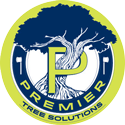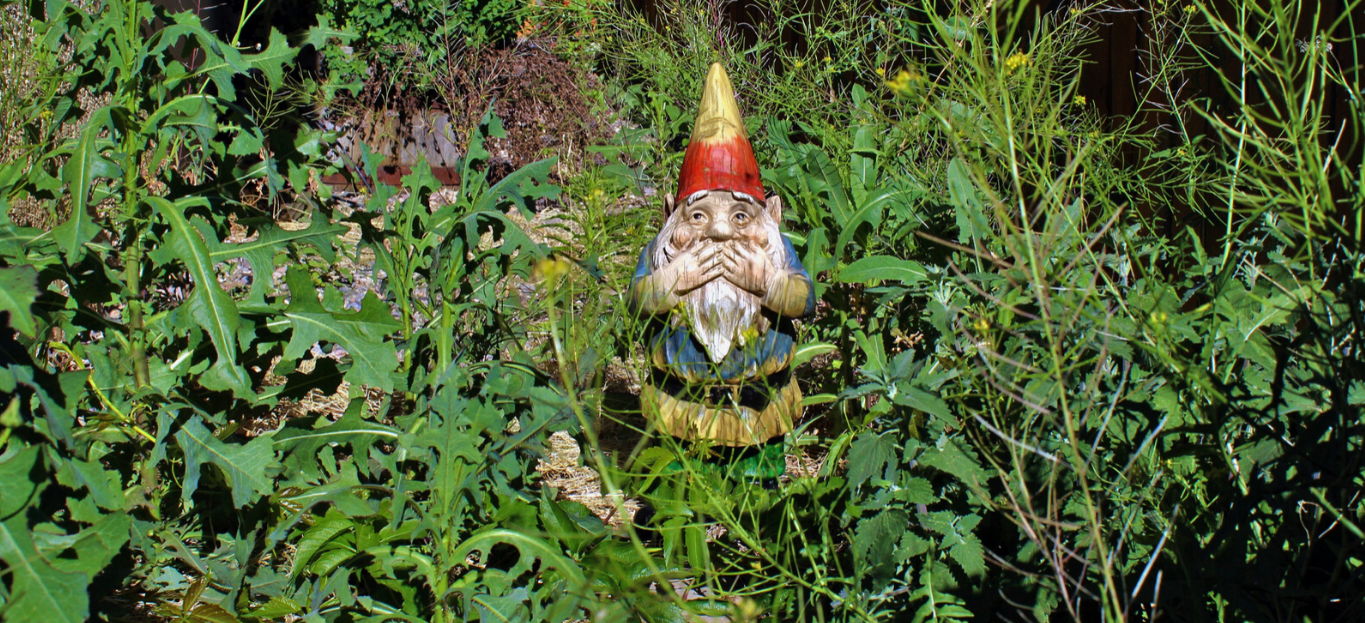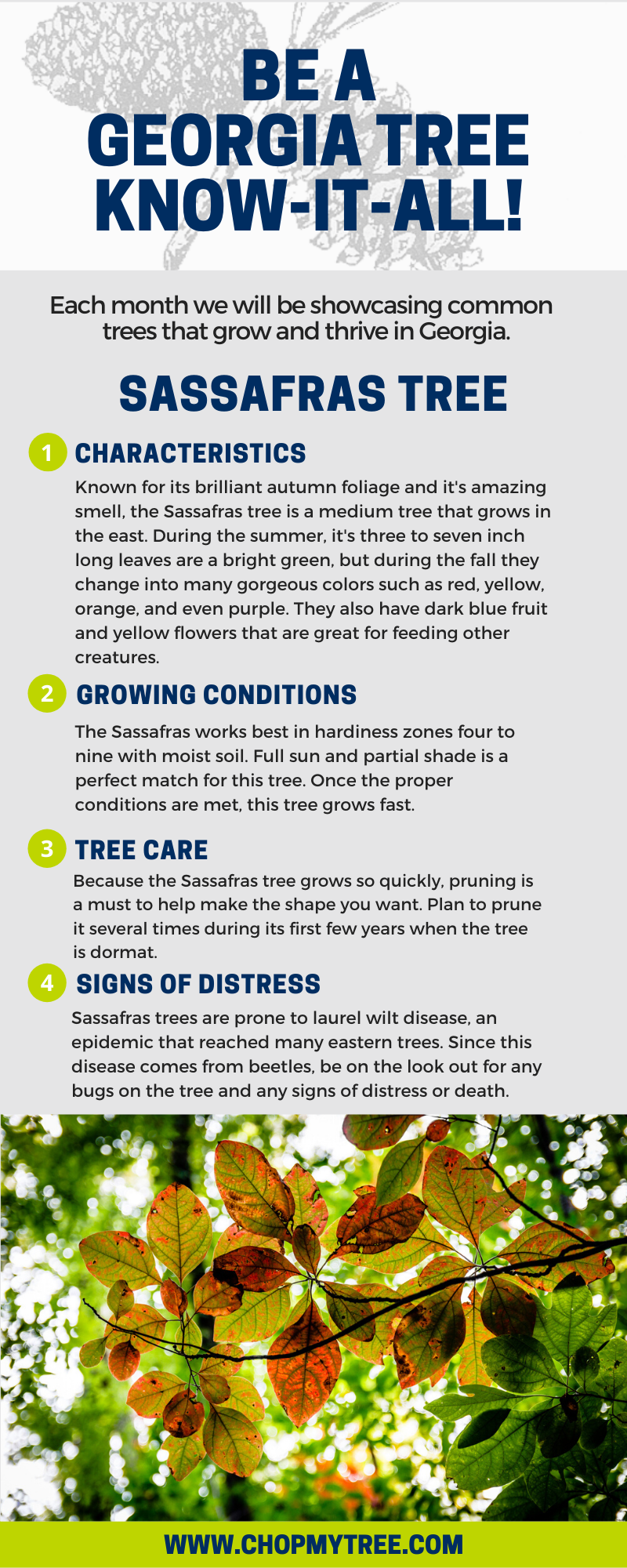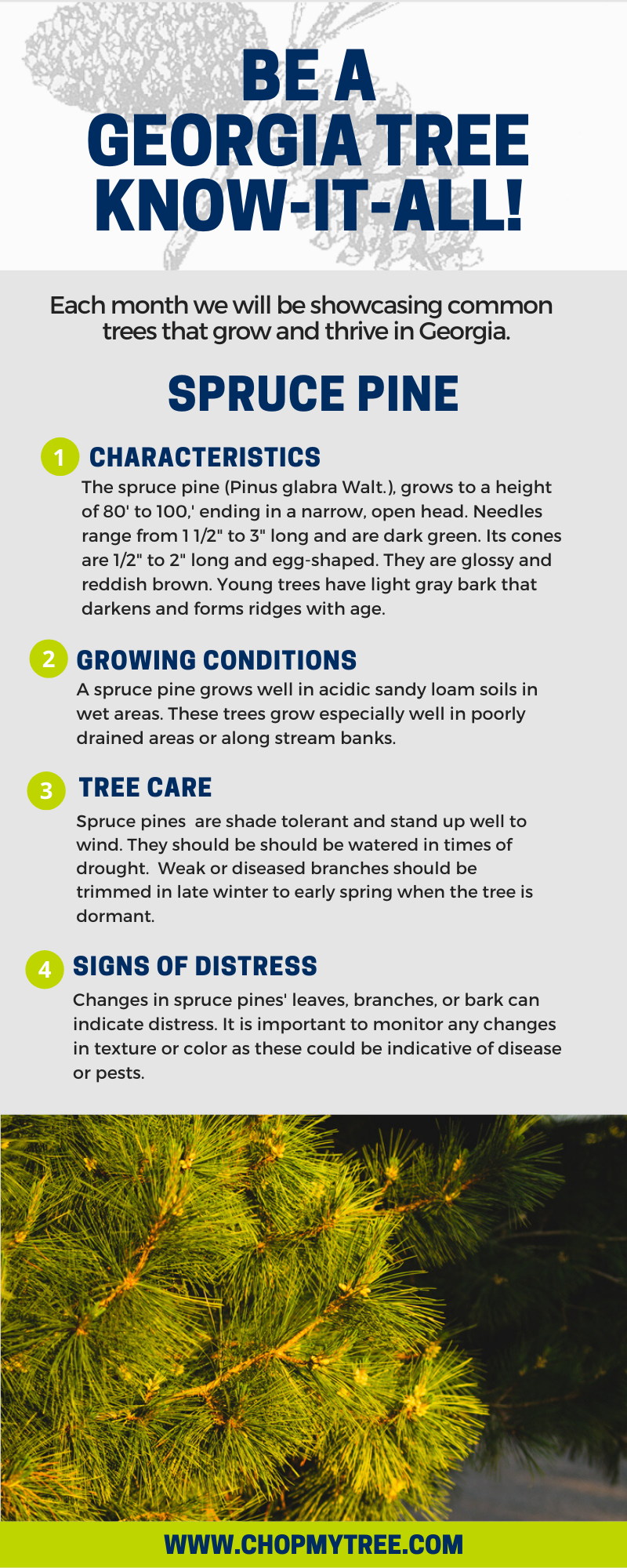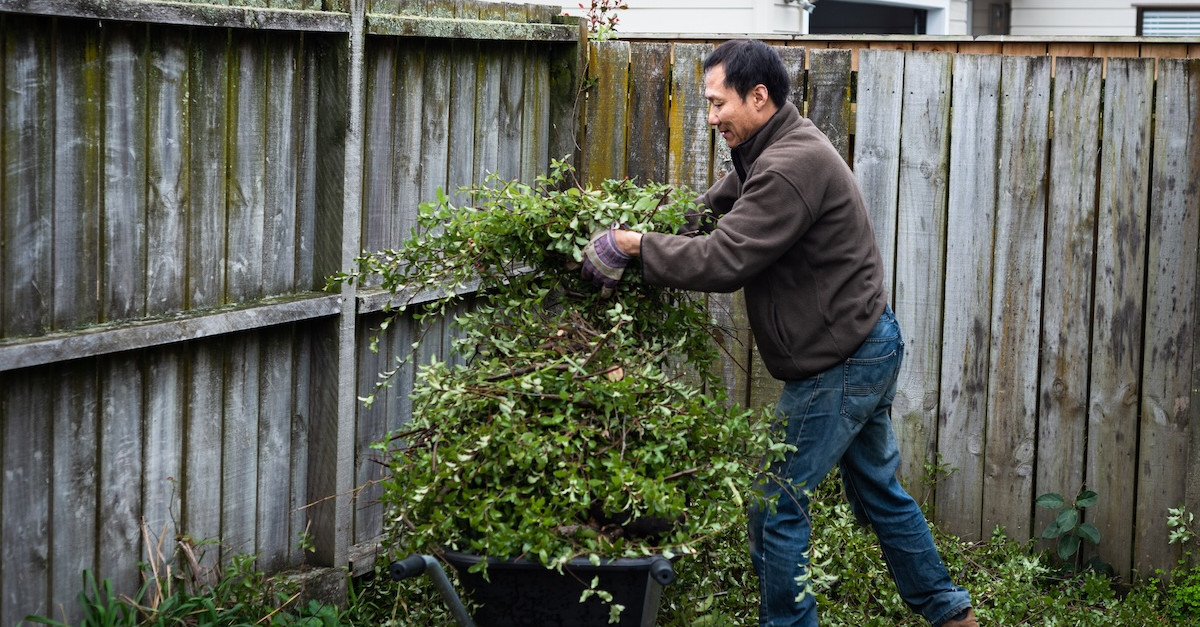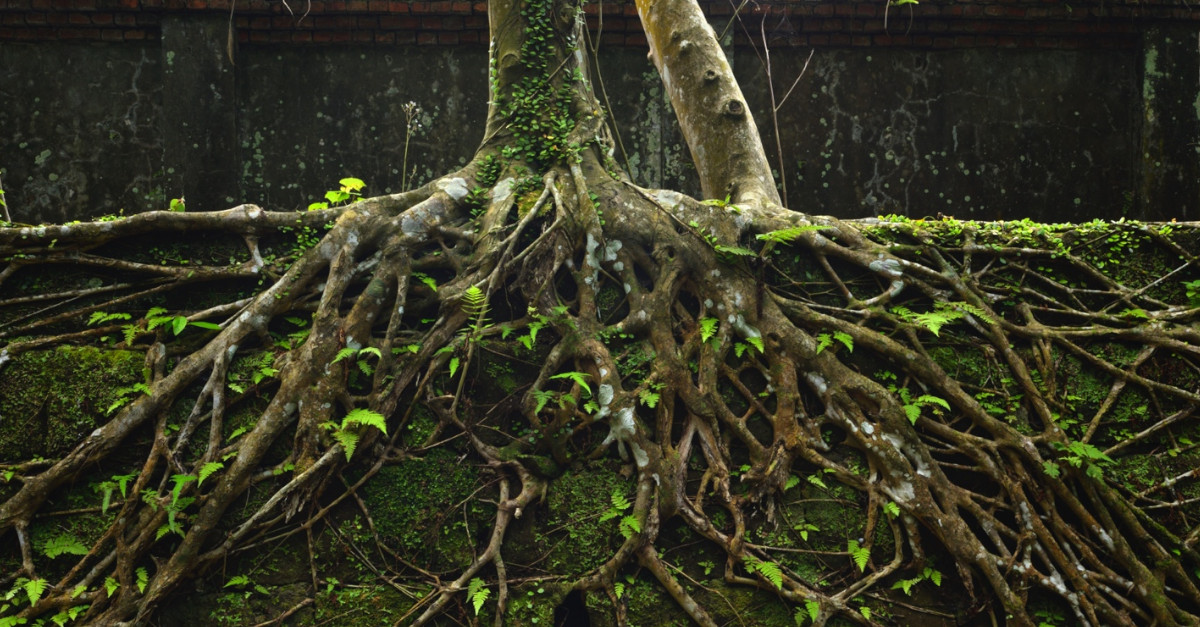Stop Tree-son on Your Yard: Why Your Vegetation Needs to Be Cleared
If you look aside your window and see that your land has been over green with green as far as the eye can see, you might be thinking about signing yourself up for some land clearing soon. Whether it’s ivy, overgrown shrubs, or just Mother Nature taking back over the land, sometimes you need a helping hand to clear out that vegetation.
That’s where Premier Tree steps in! Aside from just appearance’s sake, there are several beneficial reasons you need to get to shaping and cutting. We’re discussing reasons why your vegetation needs to be cleared and how Premier Tree Solutions can help below!
Time to Do Some Land Clearing? Why Your Vegetation Needs to be Cleared
- Improves your land’s appearance. Of course, one of the biggest benefits of land clearing is making your property look nicer. This is especially true if you are hoping to sell your house anytime soon. Not many people like the look of overgrown plants, trash, and dying vegetation.
- Stops the spread of disease. If you have land covered in overgrown vegetation, then you also have disease and vermin running wild. If you think about all the cover and nutrients that wild plant life offers for things like rats, mice, or other pests, then it makes sense that they would thrive on your property. However, rotting trees and vegetation is where bacteria and disease grow fast. If you have plenty of those on your land, then you’re inviting others, or yourself, to get sick.
- Makes your home safer. Imagine trying to walk through a yard that is overgrown. There are all kinds of tripping hazards, like roots poking out of the ground or rotting tree stumps waiting for you to step on them and twist your ankle. Having that much-overgrown vegetation also increases your risk of fire. Though you can control how often you walk through it, you can’t control curious individuals who might wander their way onto your land and hurt themselves. Keep yourself and others safe.
- Gives you land that is usable. Want to grow some gorgeous flowers? What about some trees that can help make you some profit? You can’t do that if your land is overgrown with vegetation that will rob much-needed water, sunlight, and soil nutrients from your plants.
- Promotes healthier soil. Having large amounts of vegetation on your property you can’t control lessens the health of your soil. Clearing anything you don’t want prevents your soil from eroding and also keeps it healthy and jam-packed with nutrients for your wanted plants.
It might be overwhelming to look at your overgrown land and know that you need to start clearing it. That’s where the experts at Premier Tree Solutions can step in.
Premier Tree Solutions has been providing quality, professional tree services to the metro Atlanta and surrounding areas for more than ten years. If you need any help with any of your tree services needs, including removing overgrown vegetation from your property, click here to contact us or give us a call at 404-252-6448.
